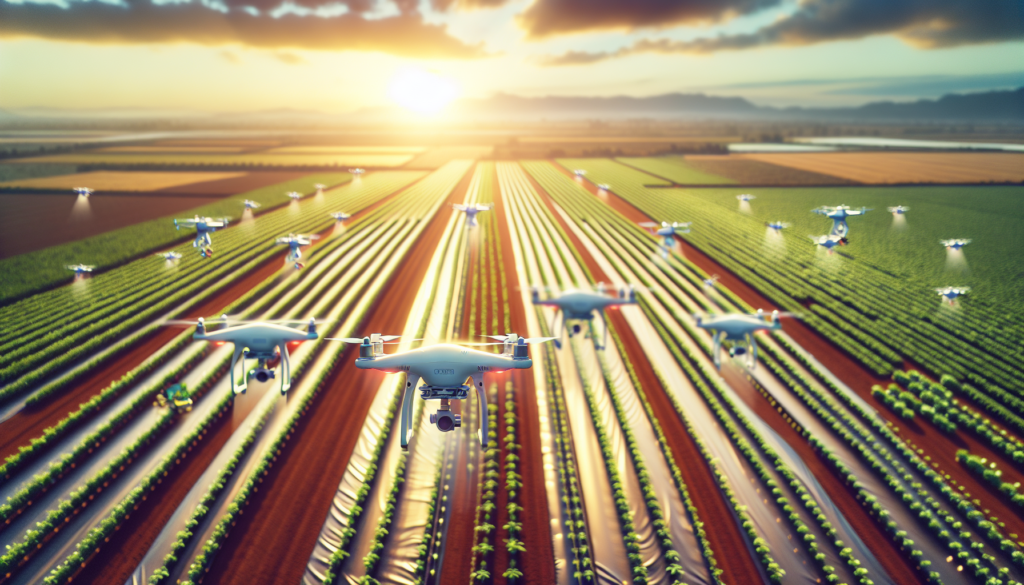Introduction
The advent of artificial intelligence (AI) in precision agriculture marks a significant leap forward in how we approach farming. By harnessing machine learning algorithms, farmers can optimize crop yields while minimizing resource usage, leading to more sustainable practices. This article delves into the transformative impact of AI on smart farming applications, exploring its capabilities to enhance decision-making processes and improve efficiency across various agricultural operations.
Data-Driven Decision Making
AI’s role in precision agriculture is pivotal when it comes to data-driven decision making. Through the analysis of vast datasets collected from soil sensors, drones, and satellites, AI can provide actionable insights for farmers. This enables them to make informed decisions on planting times, irrigation schedules, and crop rotation strategies, all tailored to the specific conditions of their land. By leveraging predictive analytics, farmers are equipped to anticipate potential challenges such as pest infestations or adverse weather conditions, thereby mitigating risks before they impact yield.
Optimizing Resource Usage
One of the most compelling benefits of AI in agriculture is its ability to optimize resource usage. Smart farming technologies allow for precision irrigation and targeted application of fertilizers and pesticides. Machine learning models can analyze weather patterns, soil moisture levels, and plant health data to determine the exact needs of a crop at any given time. This not only conserves water and reduces chemical runoff but also ensures that crops receive optimal care for enhanced growth.
Enhancing Crop Monitoring
AI-enhanced crop monitoring is another area where precision agriculture shines. By utilizing image recognition software, AI systems can detect signs of disease or nutrient deficiencies in plants at an early stage. Farmers are then able to address these issues promptly, preventing them from spreading and causing significant damage to the harvest. Furthermore, continuous monitoring through AI technologies enables a more proactive approach to crop management, allowing for timely interventions that safeguard yield quality.
Conclusion
In summary, artificial intelligence has become an indispensable tool in precision agriculture, driving advancements in data-driven decision-making, resource optimization, and crop monitoring. As AI technologies continue to evolve, they promise even greater efficiencies and sustainability for the agricultural sector. Embracing these innovations not only supports farmers in achieving higher productivity but also contributes to a more environmentally responsible approach to food production. The integration of AI into agriculture is a testament to the industry’s commitment to innovation and its potential to meet the challenges of feeding an ever-growing global population.


